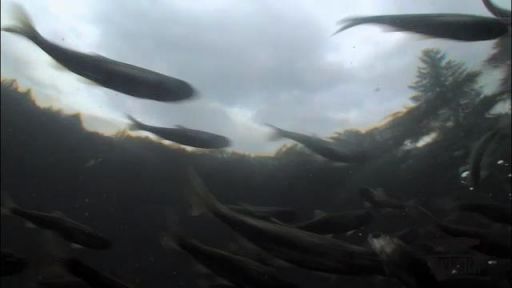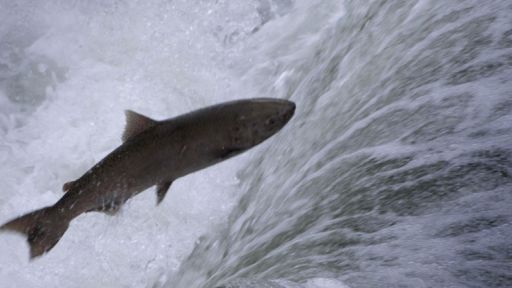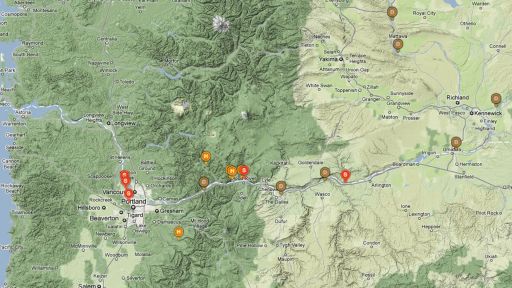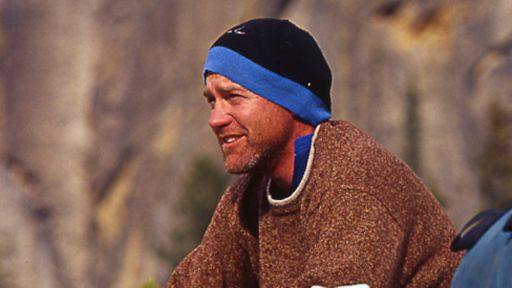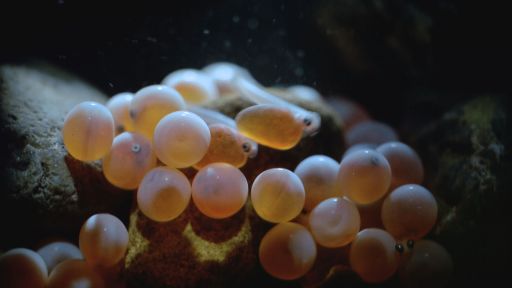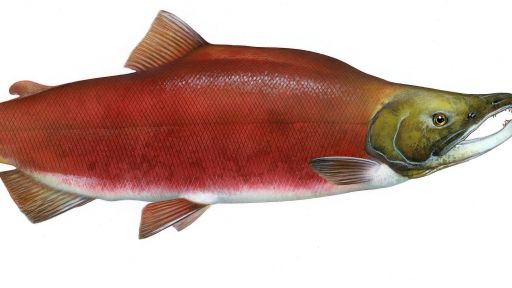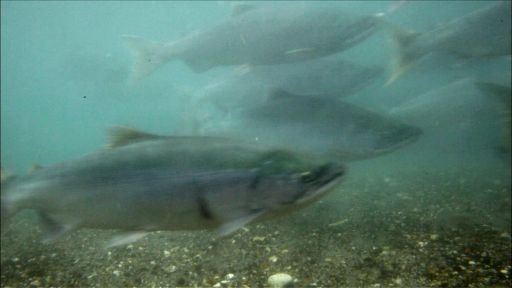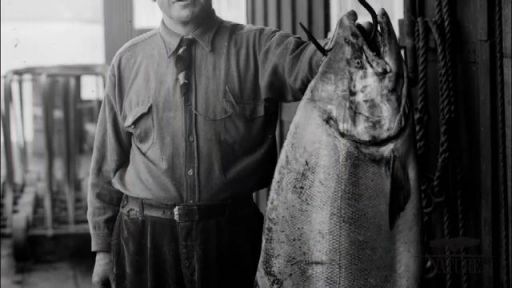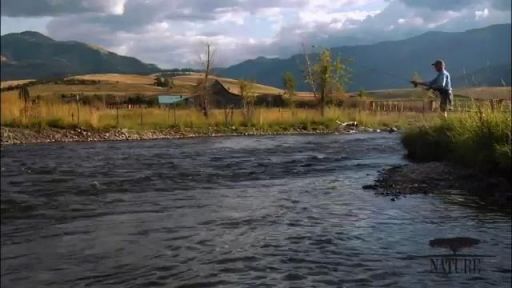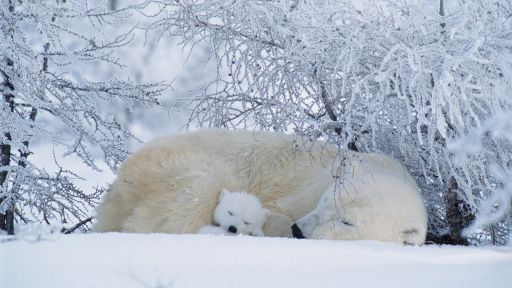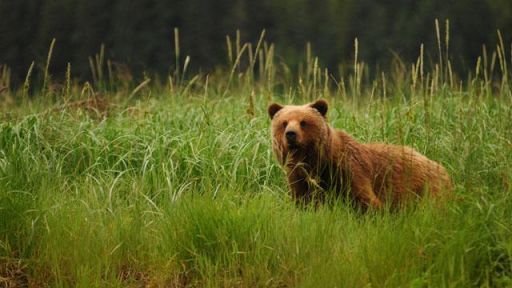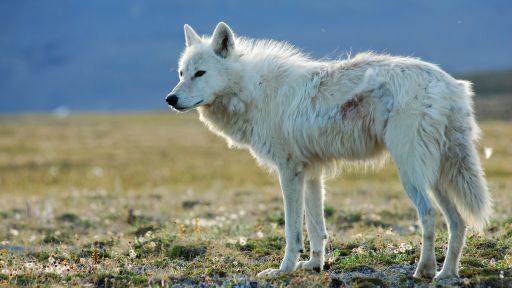The Columbia River Basin once teemed with young salmon heading toward the ocean and mature salmon returning to their home rivers and streams to spawn. Now, many salmon species of the Pacific Northwest are extinct, and thirteen, including the iconic sockeye salmon, are currently endangered. When European Americans arrived in the area 150 years ago, the subsequent growth and change in population severely affected the ecosystems. Overfishing, habitat destruction, and dam construction contributed to salmon’s decline, which led, in the late-nineteenth century, to a new government-sanctioned industry created to restore dwindling salmon populations: hatcheries. Today, salmon hatcheries provide controlled environments where early developmental stages of the salmon lifecycle are replicated within the confines of concrete walls; eggs are artificially fertilized and incubated in tubes and plastic bags, and young salmon are raised in tanks before being released into the wild.
Regrettably, however, those very systems set up with the intention of saving salmon are contributing to the species’ devastating decline. The hatcheries’ controlled environment strips salmon of the genetic diversity and natural instinct critical for their survival in the wild. Once released into open rivers and streams, these populations of fish are vulnerable to a variety of challenges they are unprepared to meet. Though ambitious efforts have been made to monitor and assist hatchery salmon in the wild – from barge and truck transportation around dams, to predator relocation programs – the results of those efforts have been essentially unsuccessful.
Salmon are an integral part of the ecosystems of the Pacific Northwest. Returning to their spawning grounds, they bring with them nutrient-rich marine nitrogen from the ocean. During their run, they feed all manner of wildlife, including bears and eagles, and they subsequently fertilize the surrounding forests. After they die, their bodies feed countless microorganisms, which in turn feed salmon hatchlings. It remains to be seen if the various efforts of legislators, biologists, engineers, and conservationists can restore salmon numbers, and in the process, restore the vital role salmon play in the health of the land, and in the lives of the animals and people that depend on them.

